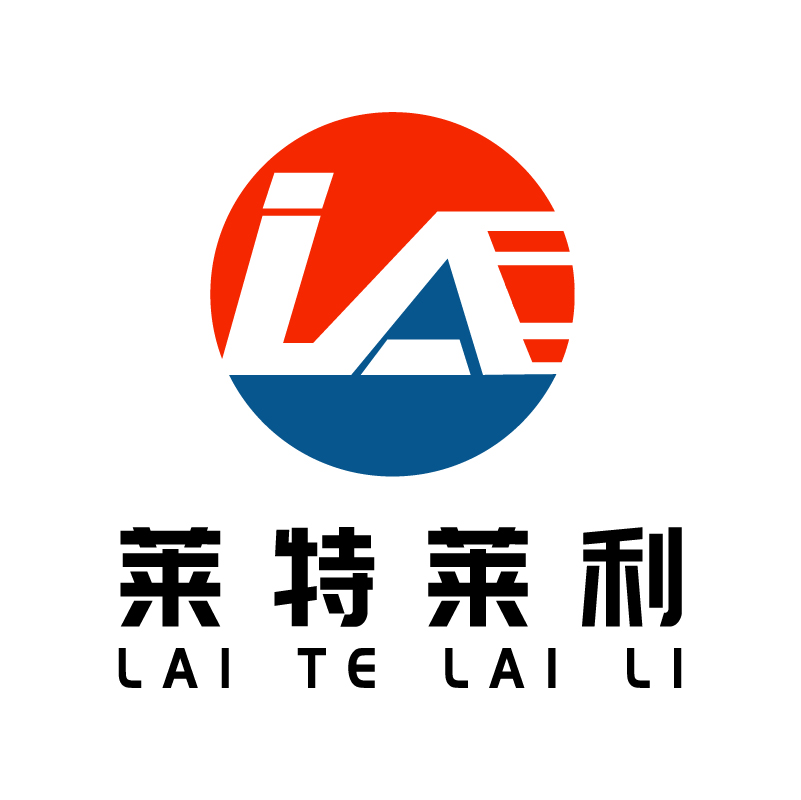What are the key steps in the production process of long-acting three heat-proof paper?
The production process of long-acting thermal paper involves several key steps that together ensure the final quality and performance of the paper. Here are the key steps summarized according to the relevant reference articles:
1. Selection and ratio of raw materials
Types of raw materials: Long-acting three heat sensitive paper usually uses coniferous wood pulp and hardwood pulp as the main raw materials. Different proportions of coniferous wood pulp and hardwood pulp will affect the physical properties and printing effect of paper.
Ratio determination: According to specific needs, determine the ratio of coniferous wood pulp and hardwood pulp. For example, one patent shows a ratio of 18% to 22% coniferous wood pulp and 78% to 82% hardwood pulp.
2. Beater treatment
Coniferous wood pulp beating: the coniferous wood pulp is beaten to obtain the coniferous wood pulp. Beater concentration and freeness are important indicators to control pulp quality, usually beater concentration is 3.5% ~ 4.0%, freeness is 285-325ml.
Hardwood pulp beating: Similarly, hardwood pulp also needs to be beaten to obtain hardwood pulp that has been knocked. The beating concentration and freeness may vary, such as the beating concentration of 4.0% to 5.0% and the freeness of 310-350ml.
3. Sizing and sizing
Mixing: Mixing coniferous wood pulp and hardwood pulp according to a predetermined ratio to form a uniform pulp.
Sizing: In the sizing process, in addition to the basic pulp, it is possible to add a variety of fillers and additives, such as GCC (fillers), cationic starch, AKD (sizing agent), PAM (retention and filter aid), organic particles and modified algal soil to improve the performance of the paper.
4. Online molding and pressing
Online molding: The pulp is evenly sprayed to the molding net through the flow box to form a wet web. In this process, parameters such as the opening of the lip plate and the dewatering ratio of the top net of the head box need to be precisely controlled.
Press: Wet web through the press section, through the mechanical press to remove excess water, increase the tightness and smoothness of the paper. The press pressure is one of the key parameters and needs to be adjusted according to the paper requirements.
5. Drying and sizing
Drying: After pressing the wet web into the drying part, through the hot air or dryer and other equipment to further remove moisture, so that the paper to achieve the required dry degree.
Sizing: The paper is sizing during or after drying. Sizing agents such as raw starch are coated on the surface of the paper after cooking and pasting to improve the waterproof, oil-proof and friction-proof properties of the paper. The amount of sizing needs to be precisely controlled to ensure effectiveness.
6. Calender and reel
Calender: The paper after drying and sizing enters the calender for calender treatment. Calendering can improve the gloss and smoothness of the paper, while making the coating more uniform and compact. Parameters such as light pressure and heat roller temperature should be adjusted according to paper requirements.
Winding: The calendered paper is rolled into rolls for subsequent processing and use.
7. Coating treatment
Pre-coating: Coating the surface of the paper with a relatively coarse particle size to form the first pre-coating (thermal coating), the main component is colorless dyes phenol or other acidic substances. The coating develops color when exposed to heat.
Protective layer: As needed, it may also be necessary to use a relatively fine particle size coating for a second pre-coating to form a protective layer to improve the waterproof, oil and friction resistance of the paper.
Topcoat: In some cases, it may also be necessary to apply topcoat treatment to the protective layer to further improve paper performance.
To sum up, the production process of long-acting three thermal sensitive paper involves several key steps such as raw material selection and ratio, beating treatment, sizing and sizing, online forming and pressing, drying and sizing, calendering and winding, and coating treatment. These steps are interrelated and influence each other, which together determine the final quality and performance of the paper.



